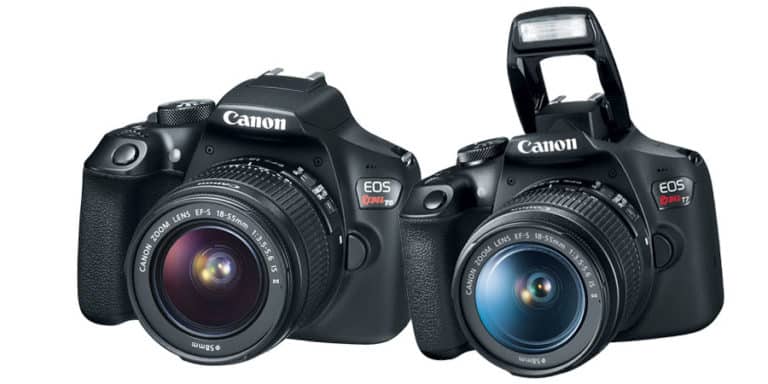Canon EOS Rebel T6 vs T7
DSLR cameras are an investment, that’s for sure. You’ll find every beginner asking the same thing: “Which DSLR should I get?” From the numerous brands I’ve tried, I definitely recommend Canon for all-around success. Its top-grade reputation won’t let you down. Join me as I compare two DSLR cameras from the EOS Rebel Series by…

